Refine listing
Actions for selected content:
2251 results in Cambridge Elements
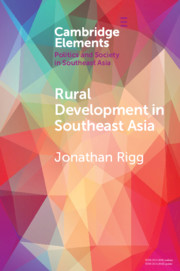
Rural Development in Southeast Asia
- Dispossession, Accumulation and Persistence
-
- Published online:
- 21 September 2020
- Print publication:
- 01 October 2020
-
- Element
- Export citation
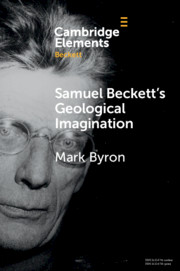
Samuel Beckett's Geological Imagination
-
- Published online:
- 18 September 2020
- Print publication:
- 08 October 2020
-
- Element
- Export citation
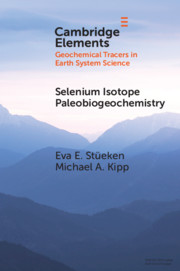
Selenium Isotope Paleobiogeochemistry
-
- Published online:
- 18 September 2020
- Print publication:
- 08 October 2020
-
- Element
- Export citation
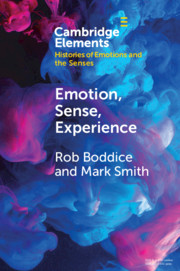
Emotion, Sense, Experience
-
- Published online:
- 18 September 2020
- Print publication:
- 15 October 2020
-
- Element
- Export citation
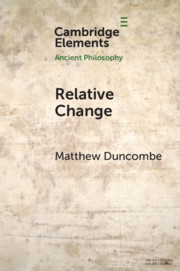
Relative Change
-
- Published online:
- 17 September 2020
- Print publication:
- 08 October 2020
-
- Element
- Export citation
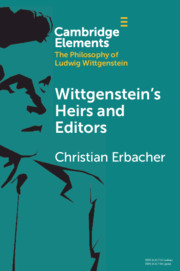
Wittgenstein's Heirs and Editors
-
- Published online:
- 16 September 2020
- Print publication:
- 10 December 2020
-
- Element
- Export citation
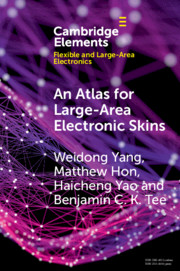
An Atlas for Large-Area Electronic Skins
- From Materials to Systems Design
-
- Published online:
- 15 September 2020
- Print publication:
- 01 October 2020
-
- Element
- Export citation
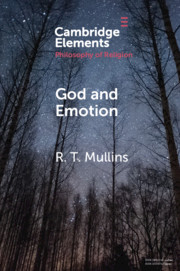
God and Emotion
-
- Published online:
- 14 September 2020
- Print publication:
- 08 October 2020
-
- Element
- Export citation
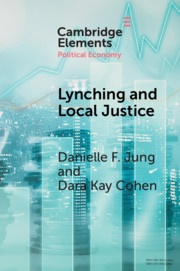
Lynching and Local Justice
- Legitimacy and Accountability in Weak States
-
- Published online:
- 14 September 2020
- Print publication:
- 17 September 2020
-
- Element
- Export citation
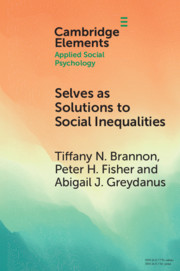
Selves as Solutions to Social Inequalities
- Why Engaging the Full Complexity of Social Identities is Critical to Addressing Disparities
-
- Published online:
- 14 September 2020
- Print publication:
- 08 October 2020
-
- Element
- Export citation

Earth History of Oxygen and the iprOxy
-
- Published online:
- 11 September 2020
- Print publication:
- 08 October 2020
-
- Element
- Export citation
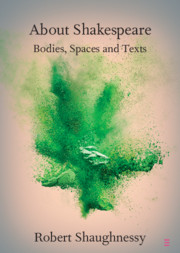
About Shakespeare
- Bodies, Spaces and Texts
-
- Published online:
- 09 September 2020
- Print publication:
- 01 October 2020
-
- Element
- Export citation
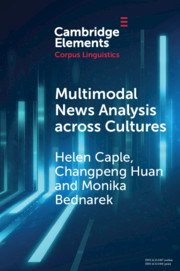
Multimodal News Analysis across Cultures
-
- Published online:
- 02 September 2020
- Print publication:
- 17 September 2020
-
- Element
- Export citation
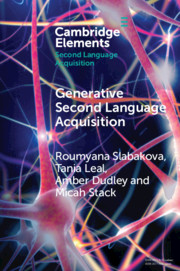
Generative Second Language Acquisition
-
- Published online:
- 31 August 2020
- Print publication:
- 24 September 2020
-
- Element
- Export citation
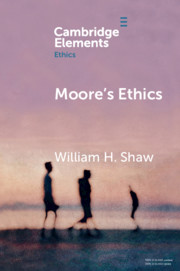
Moore's Ethics
-
- Published online:
- 29 August 2020
- Print publication:
- 24 September 2020
-
- Element
- Export citation
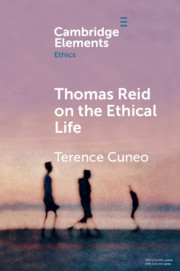
Thomas Reid on the Ethical Life
-
- Published online:
- 28 August 2020
- Print publication:
- 24 September 2020
-
- Element
- Export citation
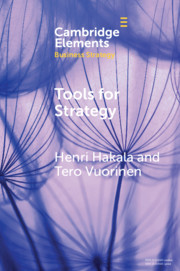
Tools for Strategy
- A Starter Kit for Academics and Practitioners
-
- Published online:
- 28 August 2020
- Print publication:
- 24 September 2020
-
- Element
- Export citation
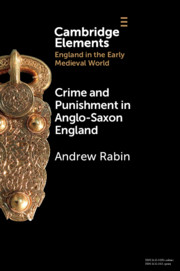
Crime and Punishment in Anglo-Saxon England
-
- Published online:
- 21 August 2020
- Print publication:
- 24 September 2020
-
- Element
- Export citation
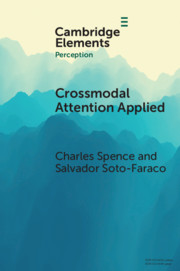
Crossmodal Attention Applied
- Lessons for Driving
-
- Published online:
- 17 August 2020
- Print publication:
- 10 September 2020
-
- Element
- Export citation
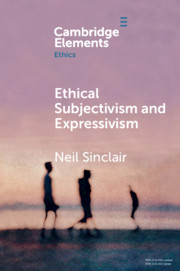
Ethical Subjectivism and Expressivism
-
- Published online:
- 14 August 2020
- Print publication:
- 10 September 2020
-
- Element
- Export citation
